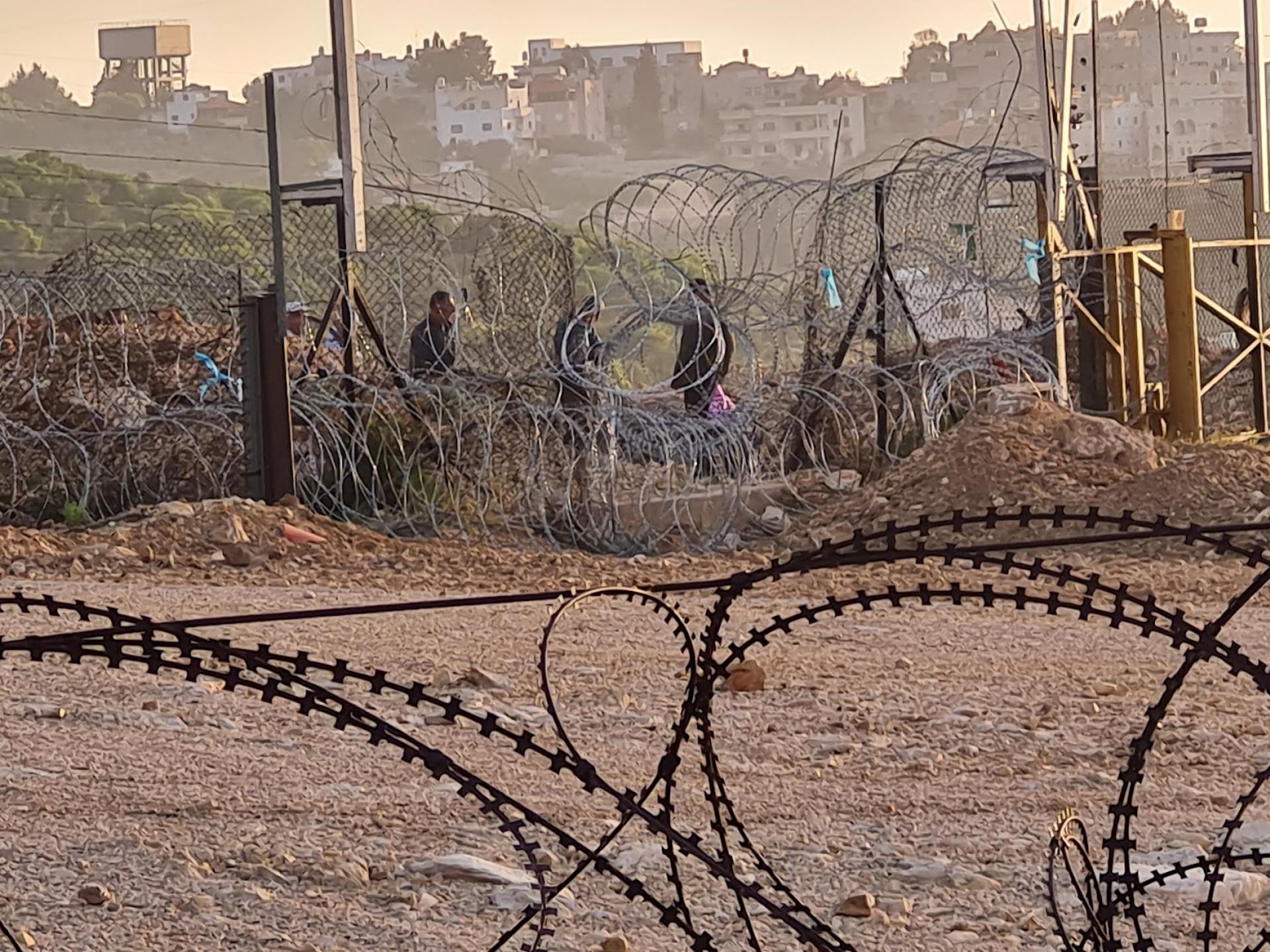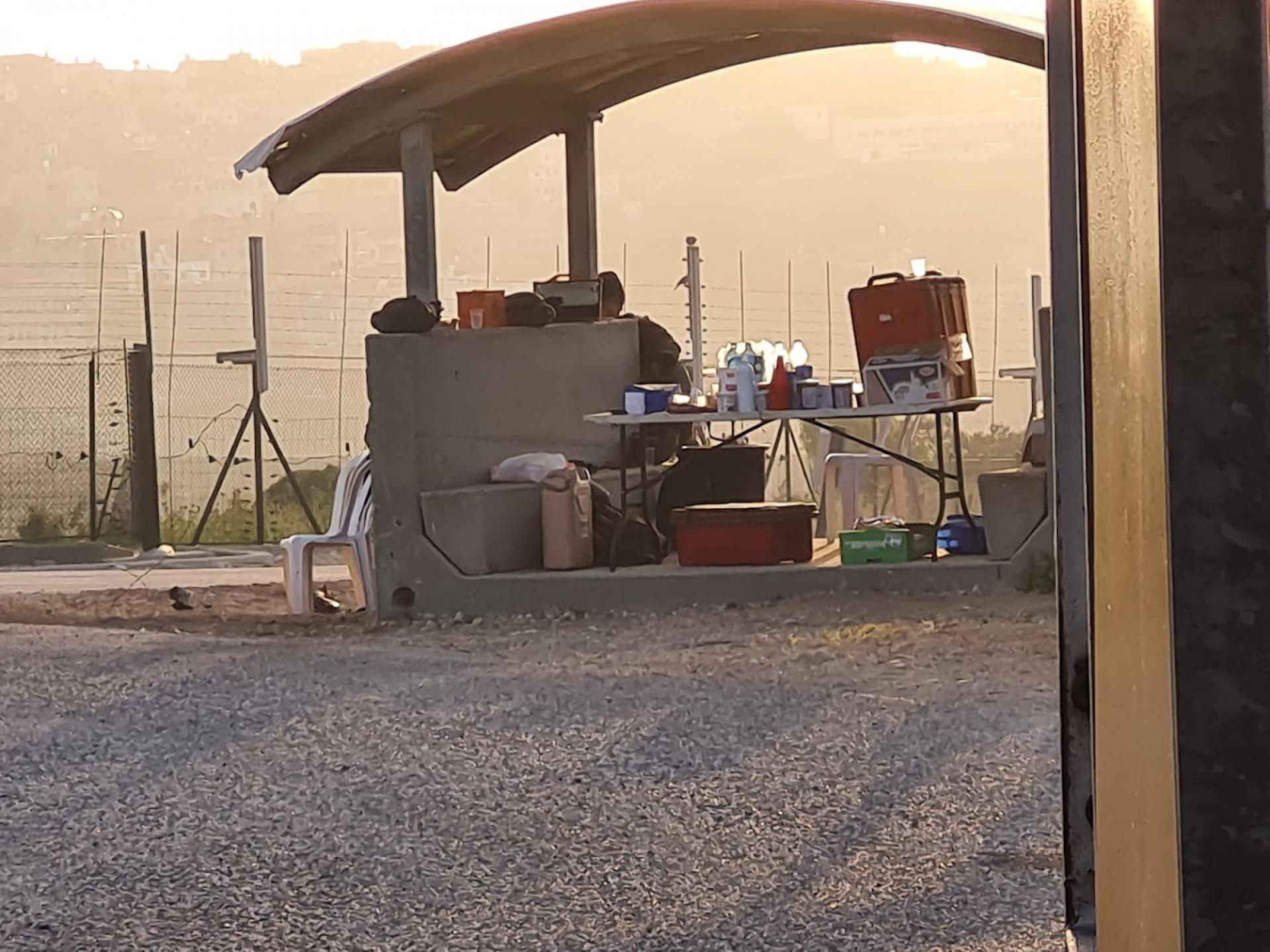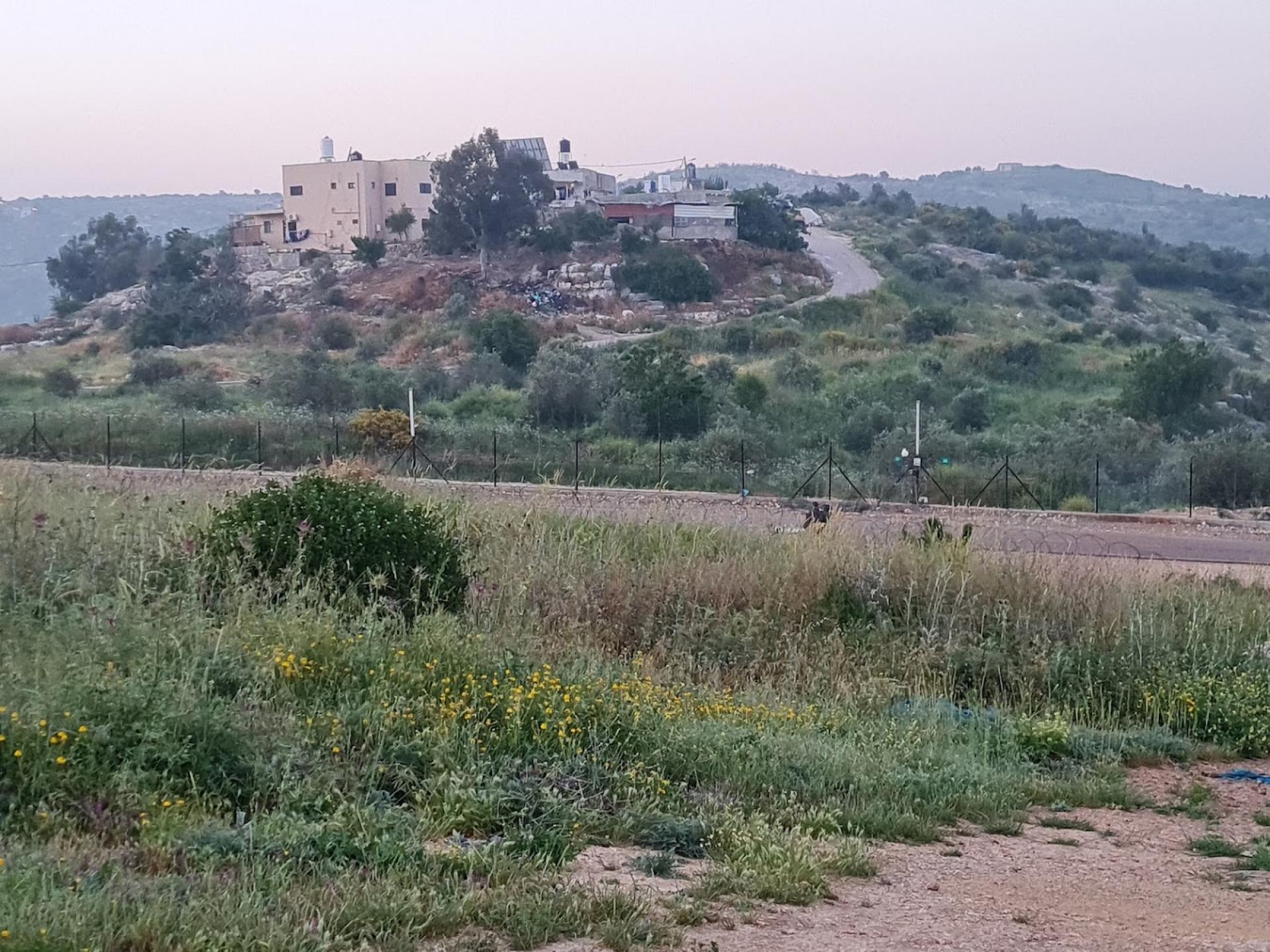At the northern checkpoints, all the breaches have been blocked
6 – 8 a.m.
This morning we checked the popular breaches in the Separation Fence which we have been following since 2018, when they first appeared in the northern part of the fence. Breaches had existed since the fence’s erection in 2002, and West Bank inhabitants passed through them clandestinely. They came from far and near and made their way in the dark to Israel inside baggage trunks of vehicles and even in the bellies of empty cement mixers. Billions were invested in the fence and walls, and the electronic surveillance apparatuses attached to them, in addition to women-soldiers facing computer screens and following suspect movement near the fence 24 hours a day. In the past two years, the breaches became completely visible.
The ease of free passage wreaked of surreal cooperation between the Palestinians and the occupation forces, and of significant financial gain for contractors, the army and the State of Israel. Naturally, great joy for the Palestinians, who suddenly had easier access to various ways of earning a living. But we knew it was all temporary. Merely a single ‘security’ issue would be needed to alert the system to its flaws.
Following the recent terrorist acts (March 2022) soldiers returned to guard the fence 24 hours a day. The breaches were sealed with barbed wire and now everyone must use the checkpoints. Shame. Still, we were told that the fence is cut at night and people cross over to Israel clandestinely because "finding a livelihood is a stronger force than the fence…”
Road 611 – (From Barta’a Checkpoint to the entrance to East Barta’a village) – the roadsides are devoid of people and vehicles. Without the lively action around the breaches in the fence, we hardly recognized Luxor, the tiny community on the hill east of the fence that had turned into a giant car-park (for pay of course) for those coming from the West Bank to the breaches. Now there is not a single car there. Not a soul. Only soldiers in pairs/foursomes wandering idly on the security track. Army tents serving the soldiers along their vigils have been added to the landscape.
Barta’a-Reihan Checkpoint: the car-park is full to bursting with vehicles. Many come and cross this checkpoint. Apparently opening it an hour earlier (4 a.m.) has solved the crowded waiting line that appeared since all the breaches in the area are closed.
Anin Checkpoint 214: soldiers in the concrete post near the gate are on guard duty. They are now organized to stay here around the clock, provided with food and drink. Military Police arrives on time and the soldiers let about 20 people and a single tractor pass. So far only we and the Military Police would arrive at the checkpoint for farmer M. who used to cross alone with his tractor, twice a week. And once in a while he’d have to wait for hours until they deigned to come and open the gate. The rest of the Anin villagers crossed the breaches whenever they pleased.
Tura-Shaked Checkpoint: traffic is slow and quiet as usual. Men coming out of the checkpoint while still closing their pant belts after being inspected. These are the old sights that we have not seen for a long time.
Let’s see how long the breaches will remain shut …



